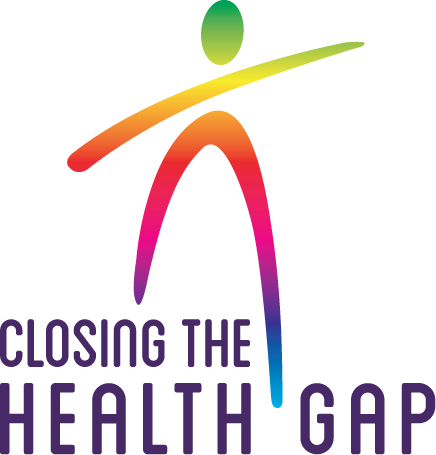STATE OF BLACK CINCINNATI
The Journey to Parity
Learn more about the full report and the call to action for initiatives and efforts to promote equity in Cincinnati.
Learn more about the full report and the call to action for initiatives and efforts to promote equity in Cincinnati.
The "State of Black Cincinnati: The Journey to Parity" report by the Urban League of Greater Southwestern Ohio comprehensively examines the disparities faced by Black residents in Cincinnati since it was last published in 2015. It provides a detailed analysis of the socio-economic challenges and systemic inequities that have persisted over the years and outlines the steps necessary to achieve parity.
The "State of Black Cincinnati: The Journey to Parity" is more than words on a page. It's a call to action for the community, policymakers, and stakeholders to work collectively towards a more equitable and just Cincinnati. By addressing the systemic issues and implementing the recommended policies, Cincinnati can move closer to achieving true parity for all its residents.







Cincinnati represents a microcosm of broader national issues related to racial disparities. The Urban League of Greater Southwestern Ohio aims to disrupt generational poverty by addressing the complex factors contributing to it among Black Cincinnatians. The report highlights the interconnected aspects of the Black experience in Cincinnati and measures the impact of efforts made by the Urban League and its partners.
The report sheds light on significant economic disparities. In 2021, 35.6% of Cincinnati’s Black residents lived in poverty compared to 16.5% of White residents. The median household income for Black families was $31,520, significantly lower than the $70,909 for White families. The report emphasizes the importance of economic mobility and the need for equitable financial opportunities to build a thriving Black middle class.
The COVID-19 pandemic exacerbated existing inequities, with Black residents experiencing higher rates of infection and mortality. Economic repercussions were severe, with nearly 50% of Black respondents reporting financial struggles due to the pandemic. The pandemic highlighted the urgent need for healthcare equity and economic support for marginalized communities.
Housing disparities are a critical issue, with historical practices such as redlining continuing to affect Black residents disproportionately. The report highlights the high rates of eviction and foreclosure among Black residents and calls for increased affordable housing and equitable development policies to address these challenges.
Educational attainment in Cincinnati is deeply divided along racial lines. Predominantly White neighborhoods have higher levels of education, while Black and mixed-race neighborhoods face significant challenges. The report calls for equitable access to quality education and resources to bridge this gap.
The report examines the disparities in the criminal justice system, with Black residents facing higher rates of incarceration and police interactions. The Collaborative Agreement of 2002 aimed to address these issues through transparency and community-oriented policing, but challenges remain. The report advocates for ongoing reforms and accountability to ensure justice and equity for all residents.
Health disparities are stark, with Black residents having a lower life expectancy and higher rates of chronic conditions compared to White residents. The report stresses the importance of addressing social determinants of health and ensuring equitable access to healthcare services.
To achieve parity, the report outlines several policy recommendations, including: